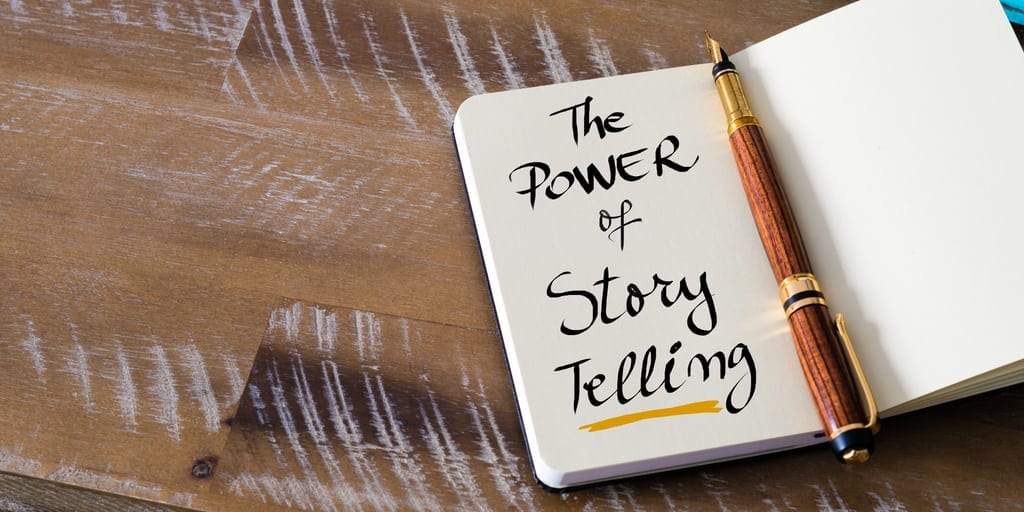
Storytelling appeals to customers’ emotions, making them more open to making a purchase.
Storytelling appeals to customers’ emotions, making them more open to making a purchase. Think back to your childhood, when bedtime often started with the words, “Once upon a time.” What did that phrase conjure? Pirates and princesses, perhaps — but in a broader sense, they encapsulated magic, wonder and possibilities.
Stories have a similar effect on grownups, according to Bob Phibbs, aka “the retail doctor,” a retail expert who’s consulted with a slew of companies, including Omega, Calphalon, Purina, Trek and American Express. “When you tell a story to an adult, you engage the heart which leads the buyer up into the highest level of the brain, the prefrontal cortex; it is the ‘wonder’ part of the brain,” he said. “It is where we are most happy, most comfortable and most open to new ideas.”
Storytelling is one of the most effective ways to hook customers, Phibbs said, but it’s frequently passed over for an analytical pitch, which often falls flat.
When retailers take an analytical approach to selling, they activate the logical part of their brain — the neo cortex, which Phibbs dubbed “the Critical Parent” — by providing fact after fact when trying to justify their pricing. “Because of this, your customer, who you’ve forced to stay in their own Critical Parent part of their brain, is judging and analyzing everything you say for accuracy and relevance,” he said. “And gosh forbid you say something is a good deal because they’ll have to check it — whether on their smartphone or a trip to a competitor.”
Logic doesn’t persuade people to buy; it tells them that, just like a missed bus, another deal will come along shortly if they wait. A well-structured story, on the other hand, “helps a customer experience what happened to a stranger as if it had happened to them too,” Phibbs said. “When that customer hears the positive outcome, it removes fear of purchase.”
How to Tell a Story
Having trouble finding your inner Ernest Hemingway? Here’s what Phibbs considers the key elements of a story:
- A brief setup the situation. Where did it happen and when?
- Who was it about? Was it you? Was it a customer? If you know their name, use it.
- What was the conflict or problem? (A man remembered his anniversary at the 11th hour, an event planner had a persnickety client they needed to impress, a woman wanted a gift to cheer an ailing relative…) Be as specific as possible.
- What was the solution? What were the results? (You saved the day, wowed the crowd, elicited a smile…)
“One important point when storytelling, is that your story must be real,” Phibbs said. “Hypotheticals land like duds.”
When To Use Storytelling
Phibbs outlined three excellent opportunities to use storytelling:
- On your website. Evaluate your “About” section. Does it convey why you do what you do or what makes you different than your competitors? “Just saying you’re family-owned or a fair value doesn’t help us connect with an emotional reason to visit your store,” Phibbs said.
- In the sales process. Phibbs recommends using a story at the end of the sale “when you need to overcome an objection.” Some retail experts refer to this as the “Feel, Felt, Found” method of selling. “Tell the customer that you understand how they feel, that you felt that way too when you were looking for something,” Phibbs said. “Do this by telling your true story – or by sharing a relevant customer’s story.”
- At a networking event. Want to stand out at a business function? “Tell your story of frustration working for someone else, taking the jump, and the excitement, success, fulfillment you found,” Phibbs said.
Katie Hendrick Vincent is the senior contributing writer for the Society of American Florists.


